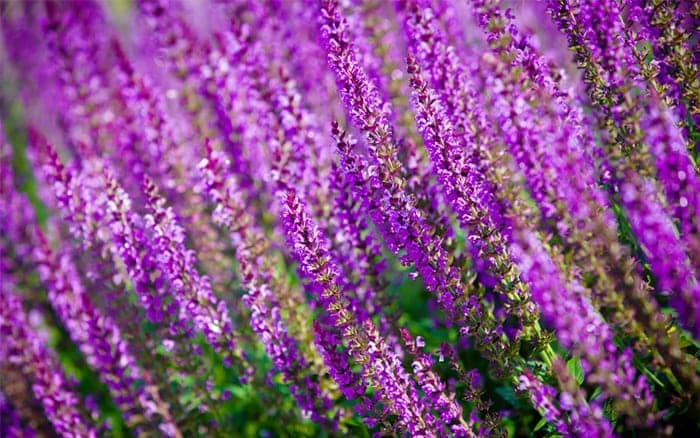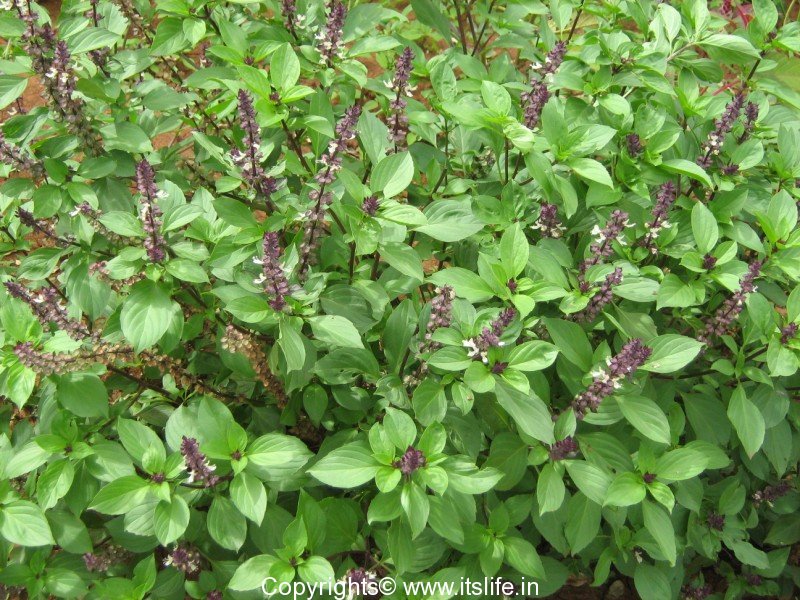

The actions of botanicals range from mild to powerful. This belief is not necessarily correct because the safety of a botanical depends on many things, such as its chemical makeup, how it works in the body, how it is prepared, and the amount used. Some people believe that products labeled “natural” are safe and good for them. law does not require dietary supplements to be "standardized." In fact, there is no legal or regulatory definition of the term in the United States. For example, the sennosides in the botanical senna are responsible for its laxative effect, but many constituents may be responsible for valerian’s relaxing effect. However, the constituents responsible for the effects of most botanicals are not known. If such chemical markers were used, each batch of the product would have the same health effects. Ideally, the chemical markers chosen for standardization would also be the constituents that are responsible for a botanical’s effect in the body. The standardization process involves identifying and measuring specific chemicals (also known as markers) and adjusting them to assure consistent amounts in each batch. Standardization is a process that manufacturers may use for extracts to ensure that all of their batches are similar.
:max_bytes(150000):strip_icc()/plant-tissues-168bae7f9579409391d88b237eef1f98.jpg)
The extract can be used after the soaking, or it can be evaporated to make a dry extract for use in capsules or tablets.Īre botanical dietary supplements standardized?
An extract is made when the botanical is soaked in a specific liquid, such as water or alcohol, to extract the desired constituents. They are available in different strengths that are expressed as botanical-to-extract ratios (i.e., ratios of the weight of the dried botanical to the volume or weight of the finished product). 
Tinctures are sold in liquid form and are used for concentrating and preserving a botanical.
A tincture is made when a botanical is soaked in a solution of alcohol and water. This also reduces the volume of liquid, producing a more concentrated preparation. They are added to water which is brought to a boil and then simmered at lower heat for several minutes. Some roots, bark, and berries require more forceful treatment to extract their desired constituents. Teas and infusions may be consumed hot or cold. A tea is made by adding boiling water to fresh or dried botanicals and steeping them. For example, phytoestrogens from soy products are sold as dietary supplements.Ĭommon ways to prepare botanicals for use include teas, infusions, decoctions, tinctures, and extracts: A group of chemicals or a single chemical may also be isolated from a botanical and sold as a dietary supplement, usually in tablet or capsule form. For example, a supermarket's produce aisle carries fresh ginger root, while dried ginger root may be found in the dietary supplement aisle in capsule or tablet form, in tea bags, or as a liquid preparation. How are botanicals commonly sold and prepared?īotanicals are sold in many forms as both fresh and dried plant materials. Is intended to be taken by mouth as a pill, capsule, tablet, or liquid. Contains one or more dietary ingredients (including vitamins, minerals, herbs or other botanicals, amino acids, or other substances) or their constituents. This act states that a dietary supplement is a product (other than tobacco) that: To be classified as a dietary supplement, a botanical must meet the definition of a dietary supplement as defined by Congress in the Dietary Supplement Health and Education Act of 1994. Can botanicals be classified as dietary supplements? The Office of Dietary Supplements (ODS) fact sheets do not include such initials because they do not appear on the labels of most products used by consumers. For example, the botanical black cohosh is known as Actaea racemosa L., where "L" stands for Linnaeus, who first described this plant. Together, this phrase represents the plant’s species name. In naming botanicals, botanists use a Latin name made up of the plant’s genus and a term called the specific epithet. Products made from botanicals that are used to maintain or improve health are sometimes called herbal products, botanical products, or phytomedicines. What are some additional sources of information on botanical dietary supplements?Ī botanical is a plant or plant part valued for its medicinal or therapeutic properties, flavor, and/or scent. 
What methods are used to evaluate the health benefits and safety of a botanical dietary supplement?.Does a label indicate the quality of a botanical dietary supplement product?.Are botanical dietary supplements safe?.Are botanical dietary supplements standardized?.How are botanicals commonly sold and prepared?.Can botanicals be classified as dietary supplements?.



:max_bytes(150000):strip_icc()/plant-tissues-168bae7f9579409391d88b237eef1f98.jpg)




 0 kommentar(er)
0 kommentar(er)
